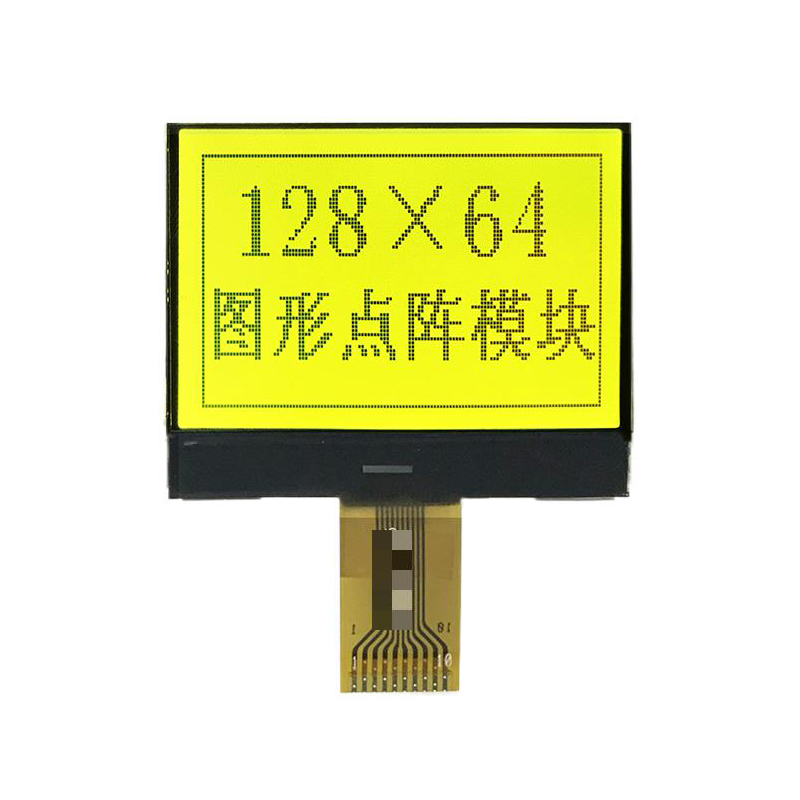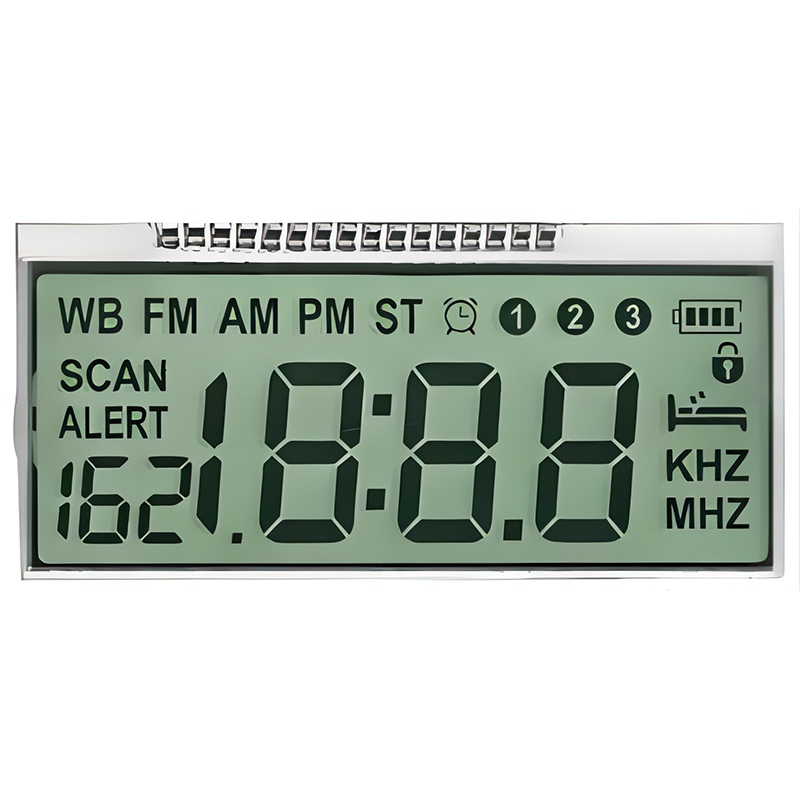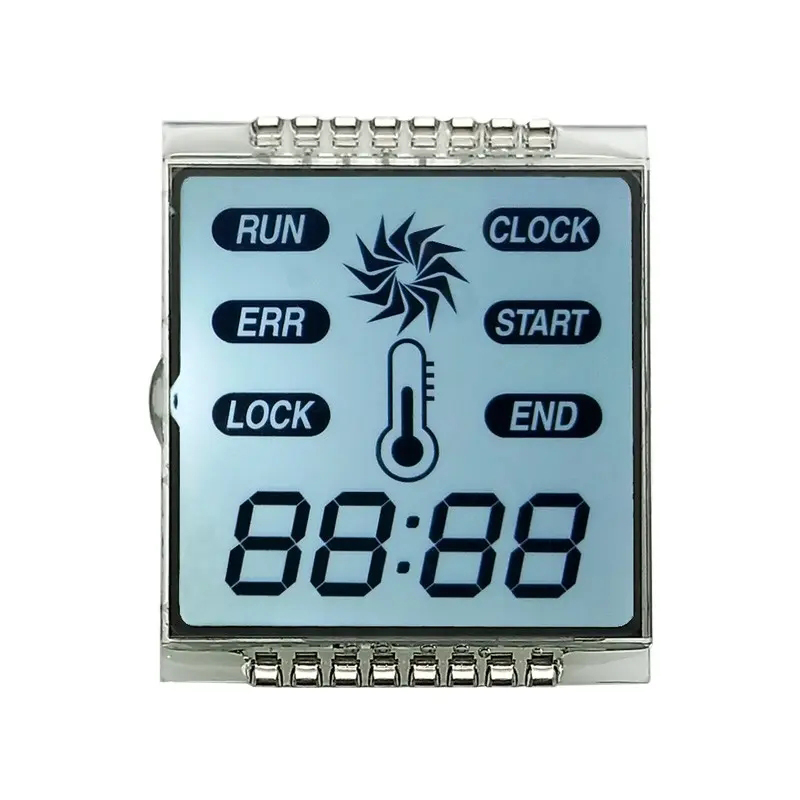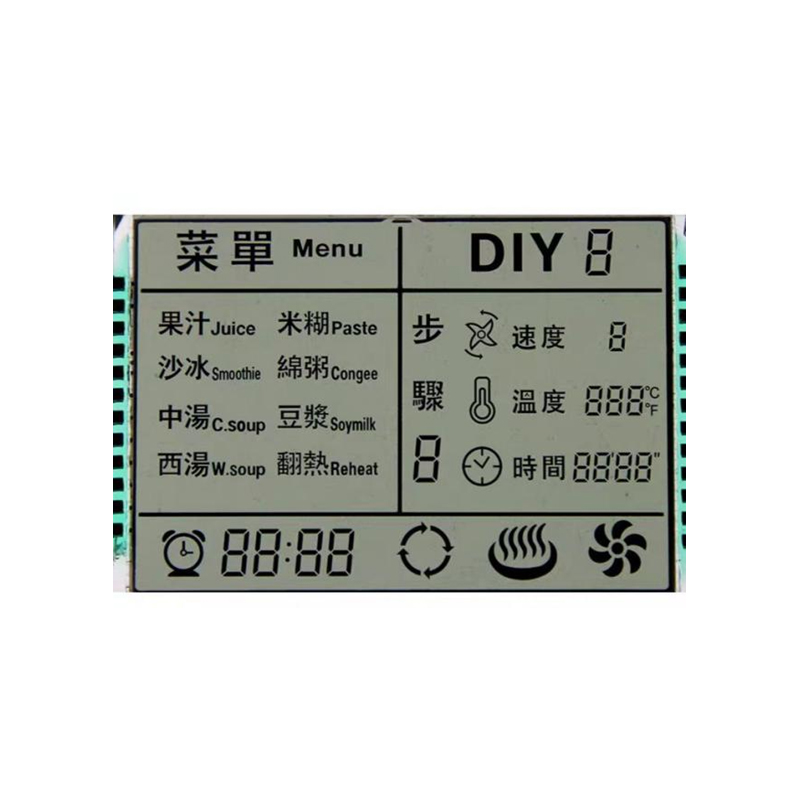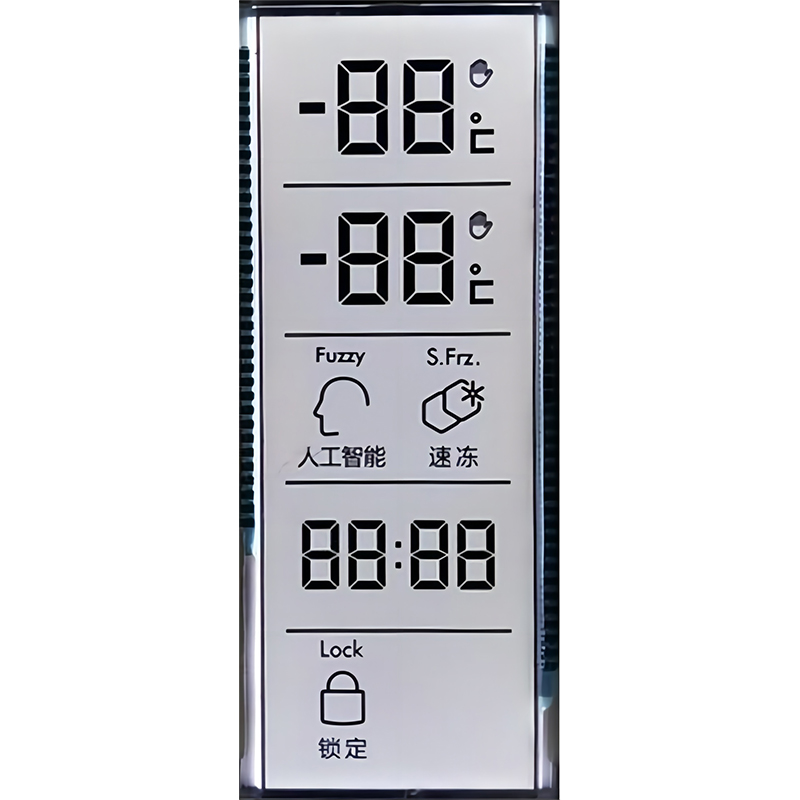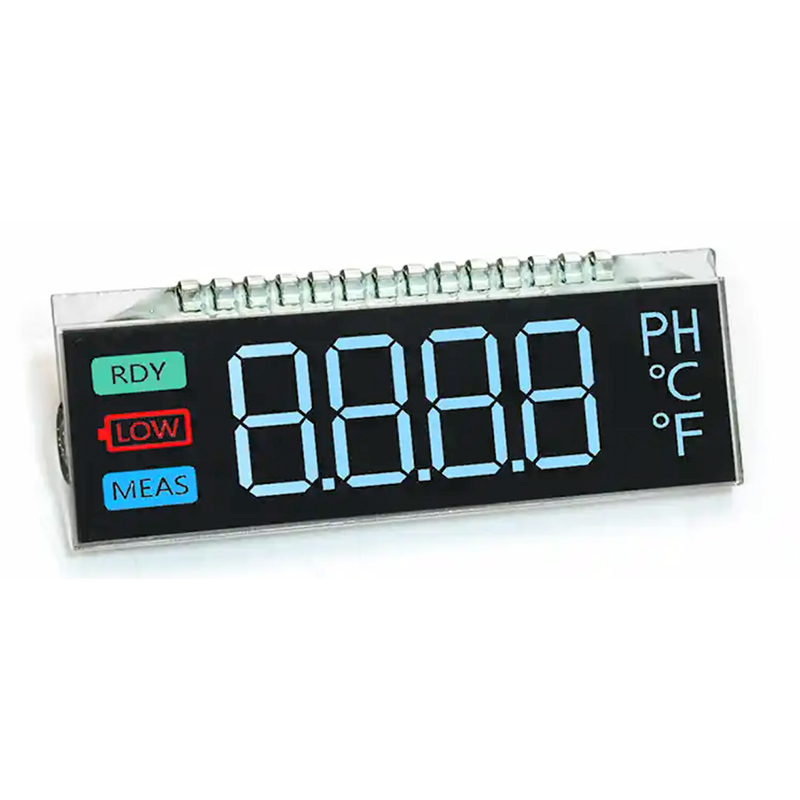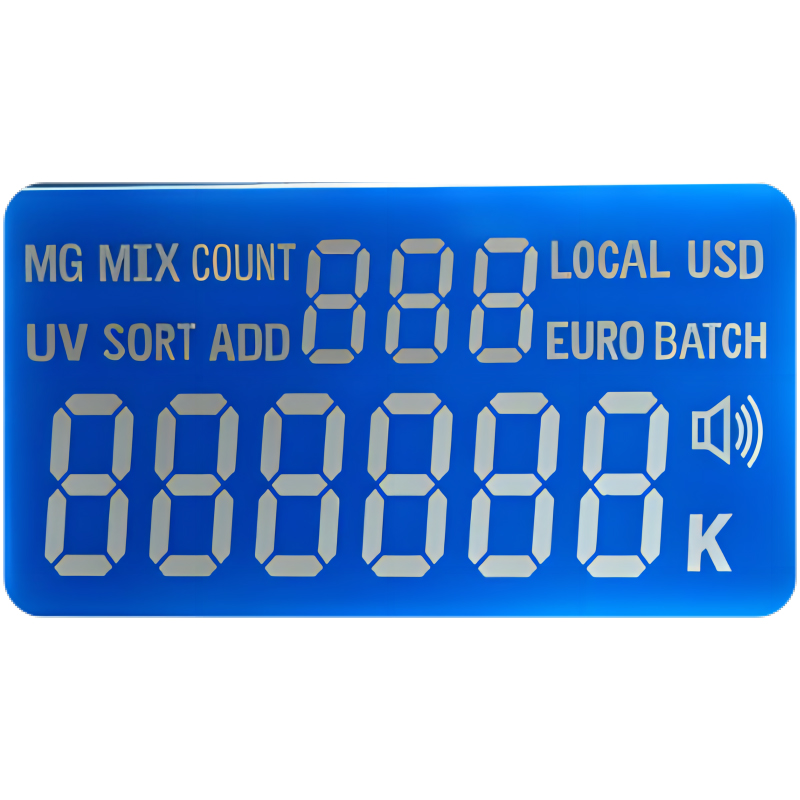
This guide provides a comprehensive overview of custom LCD segment displays, exploring their design, applications, and selection process. We'll delve into the technical specifications, manufacturing considerations, and benefits of choosing a custom solution over off-the-shelf options. Learn how to select the right display for your specific needs and find resources to help you navigate the process.
Custom LCD segment displays are customized liquid crystal displays (LCDs) designed to meet specific requirements. Unlike standard displays with pre-defined character sets or segment configurations, custom displays offer complete control over the number of segments, their arrangement, and even the overall shape of the display. This flexibility allows for unique designs tailored to individual applications.
Choosing a custom LCD segment display offers several key advantages: Improved aesthetics, allowing for seamless integration with product designs; Enhanced user experience with intuitive and unique displays; Optimized functionality, tailored to specific data presentation needs; Cost savings in the long run, especially for high-volume projects; and the ability to incorporate unique branding elements, creating a distinctive product identity.
The design process begins with determining the desired segment configuration. Factors to consider include the number of segments needed to display the required information (numbers, letters, symbols), their arrangement, and the overall size and shape of the display. Specialized software tools are often used to design and simulate the display layout.
Different LCD technologies and materials are available, each with its own advantages and disadvantages in terms of contrast ratio, viewing angle, operating temperature range, and lifespan. The choice of backlight (LED, electroluminescent, etc.) affects brightness, power consumption, and color.
The manufacturing process involves several steps, including substrate preparation, photolithography, electrode deposition, liquid crystal injection, and module assembly. Working with experienced manufacturers like Dalian Eastern Display Co., Ltd. is crucial to ensure high-quality displays and reliable production.
Custom LCD segment displays are ideal for industrial control panels, providing clear and concise information to operators. The ability to design displays with custom symbols and indicators enhances readability and safety.
In medical devices, these displays can show vital signs, dosages, or other critical information. The customizability ensures that the display perfectly integrates into the device's overall design and function.
From instrument clusters to climate control systems, custom LCD segment displays are used in many automotive applications, offering customization in appearance, size, and information presented.
In consumer electronics, custom displays can add a unique touch to products, showcasing brand identity and providing user-friendly interfaces. Examples include custom displays on kitchen appliances, fitness trackers, and gaming consoles.
Before starting the design process, carefully define your requirements. This includes the desired information displayed, the size and shape of the display, environmental conditions, power consumption limits, and desired lifespan.
Partnering with a reputable manufacturer is crucial for successful project completion. Discuss your requirements, get quotes, and carefully review prototypes before mass production. Dalian Eastern Display Co., Ltd. provides extensive support during this process.
| Technology | Advantages | Disadvantages |
|---|---|---|
| TN (Twisted Nematic) | Cost-effective, fast response time | Narrow viewing angle, poor contrast |
| IPS (In-Plane Switching) | Wide viewing angle, good color reproduction | Higher cost, slower response time |
| VA (Vertical Alignment) | High contrast ratio, good black levels | Slower response time, viewing angle limitations |
Remember to consult with a specialist for a detailed analysis of your specific needs. Choosing the right technology is paramount to ensure optimal performance and cost-effectiveness.


